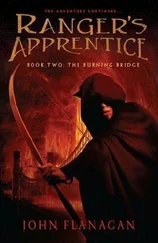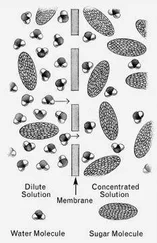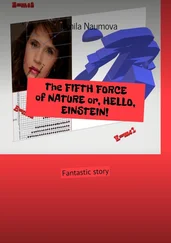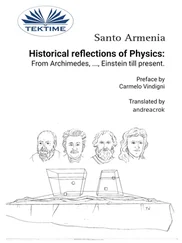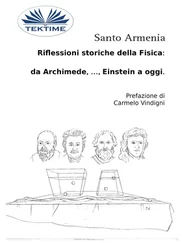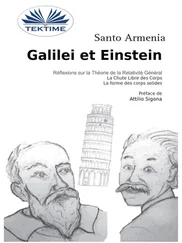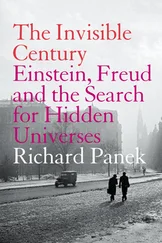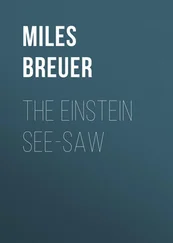Morons and the hopelessly senile, he thought. What a waste. “Is it going to be expensive as a drug?” he asked.
Susan grinned. “All the market will bear, as we money-grubbing biotech business folk say.” Then she grew more serious. “In my experience, Roger, you physicists with your big federal grants don’t have much appreciation for the realities of commercial research. We have a huge research overhead here” — she gestured at the long racks of electronic and chemical equipment in the laboratory — “which has to be supported from the profits of our relatively few commercially successful products. If we can’t do that, we go out of business, and the research stops. Mitocon has made it as a successful business so far. We’ve survived two biotech shakeouts in which many similar companies were liquidated or bought out. Appropriately enough, biotechnology is a very Darwinian business.”
“I think it also helps to have an instinct for the jugular,” said Roger, looking at her. It helps in theoretical physics, too, he added silently.
“Perhaps,” said Susan. “Since you asked, the actual production costs of synaptine will be fairly low. For a neuroprotein, it isn’t very complicated. A good solid-phase synthesizer could sequence a batch of it in a few weeks if necessary, but we have better ways. We’ve already located the coding sequence in human DNA and inserted it into e coli bacteria. If necessary we could produce it by the ton. Synaptine is very stable at room temperature and doesn’t even need to be refrigerated. There are none of the usual storage problems, which lowers the cost.”
She picked a vial of bright yellow liquid from a nearby rack half-filled with similar ones and held it up to the light. “Now I’m going to give Elvis his booster shot.”
Roger walked over to the rack. There were many vials there.
“By the way, Roger,” Susan said. “Would you count those vials for me? A new batch arrived just before quitting time, and apparently the carton had been dropped in shipment. A number of the vials were smashed. My technician cleaned up the mess, but he didn’t have time to do a new inventory before he had to leave. Just write the count here.” She indicated a clipboard on the table, pointing to a blank line on a printed form.
“Glad to,” said Roger. As she worked, he moved between her and the long rack of synaptine vials. “And you discovered synaptine? Yourself? I’d wager there’s a good story there,” he said. His index finger moved along the rack as he counted.
She smiled. “Perhaps,” she said. “I owe it all to your fellow countryman Francis Crick, actually. I’m sure you must know about neural networks. Uh, the electronic kind, I mean.” She removed a very thin disposable syringe from a drawer, stripped off the sterile wrapper, attached a needle, and inserted it in the pink top seal of the synaptine vial.
“Of course,” said Roger, writing a number on the clipboard. “The computer that doesn’t need a program. Our experimenters at the Super Collider have trained neural nets to distinguish good data events from garbage. The circuits have solved many problems of pattern recognition in situations where conventional computers have failed miserably. And I seem to recall that molecular biologists trained them to predict protein folding.” He watched as she withdrew about half a milliliter of the vial’s contents. “Doesn’t take much,” he observed.
She nodded. “Some years ago when neural nets were first being investigated, Sir Francis Crick of DNA fame publicly objected to calling them ‘neural’ networks. He pointed out that the electronic ‘neural networks’ were using an external procedure to adjust the transmission weights between the connections of the net depending on the net response to a stimulus, the so-called back-propagation algorithm, and that there were no similar processes in natural networks of real neurons.
“Since the two types of networks obviously operated on different principles, Crick contended that it was misleading, even intellectually dishonest, to call the electronic device a ‘neural’ network, which carried the implication that it was an electronic model of the brain.” She slipped the needle beneath the skin of the animal’s pink buttocks. Elvis squealed in protest, but it was a mild protest.
“I perhaps read that somewhere,” said Roger. “But I suppose the terminology was too firmly entrenched by the time Crick complained. People still call them neural networks.”
“So it seems,” said Susan. “For a long time I’ve been interested in brain function, and occasionally I’ve thought about Crick’s argument. A couple of years ago, while I was driving along the Nantucket coast after a conference, I happened to consider it from a different perspective. I had a wonderful insight.” She smiled and seemed to be recalling the thrill. “Electronic neural nets work very well. If the method of weight adjustment they employ is so useful,” she said, raising her eyebrows and looking inquiringly at Roger, “why doesn’t nature use a similar process in real neurons?” She smiled at him, waiting for his answer.
Roger rubbed his chin. “Tricky question…” He paused. “Perhaps there wasn’t an evolutionary path that could lead… No, wait a minute…” He stopped, then grinned at her. “Maybe there is such a mechanism in real neurons, but no one had found it yet, so Crick didn’t know about it.”
Susan grinned back and kissed him on the cheek. “Very good for an amateur!” she said. “That’s exactly what I concluded. So I decided to look more carefully to see if I could localize an agent that might be enhancing changes in the synapse transmission strengths. I was able to use some new tricks, real-time MRI microimaging, for example. And I found that in primate brain tissue whenever the synapse connections showed large changes in their transmission strengths, a certain protein was always present.
“That’s how I found synaptine. It’s the protein agent that provides Crick’s missing mechanism. It enhances adjustment of the connection strengths at synaptic junctions, just the way the back-propagation calculations do at the connection nodes of a neural network.”
Roger, whose hands had been behind his back, brought them forward and grasped both of hers. “That’s a great story. You’re wonderful,” he said and kissed her slowly and purposefully. As they kissed, he could feel the four slim glass cylinders he had slipped into the tight back pocket of his slacks pressing against his buttocks. He’d stolen the drug from Susan. Stolen it! When the act of theft had occurred, it had been very smooth, as if he were watching someone else, some skilled thief who had effortlessly pocketed the vials and made the bogus entry on the clipboard. He could still slip the vials back in the rack, he thought, but he made no move to do so. He recalled the time in King’s Lynn when he’d been caught stealing a sweet at the grocer’s. He’d been perhaps seven at the time, but the shame of being caught still brought a flush to his cheeks.
Was he crazy? Yes, he did seem to be rather crazy just now. He needed the synaptine, and Susan had so much that she would never miss what he had taken. If this was a crime, it was one that lacked a victim. Roger’s feelings of guilt were not diminished by this rationalization, but he decided, guilt or no, that he was keeping the drug. He had to. He kissed Susan with rising urgency, guilt transmuting to desire.
They left soon after and, with some haste, returned to Susan’s apartment.
Two hours later the empty laboratory was very quiet. Elvis was feeling very strange. The street sounds that came to his ears seemed to have dangerously sharp edges. The light from the window seemed to have an aura of fruity taste about it. The familiar smells of the laboratory seemed each to have an individual musical ring. He began to shake, then to rock slowly back and forth.
Читать дальше



